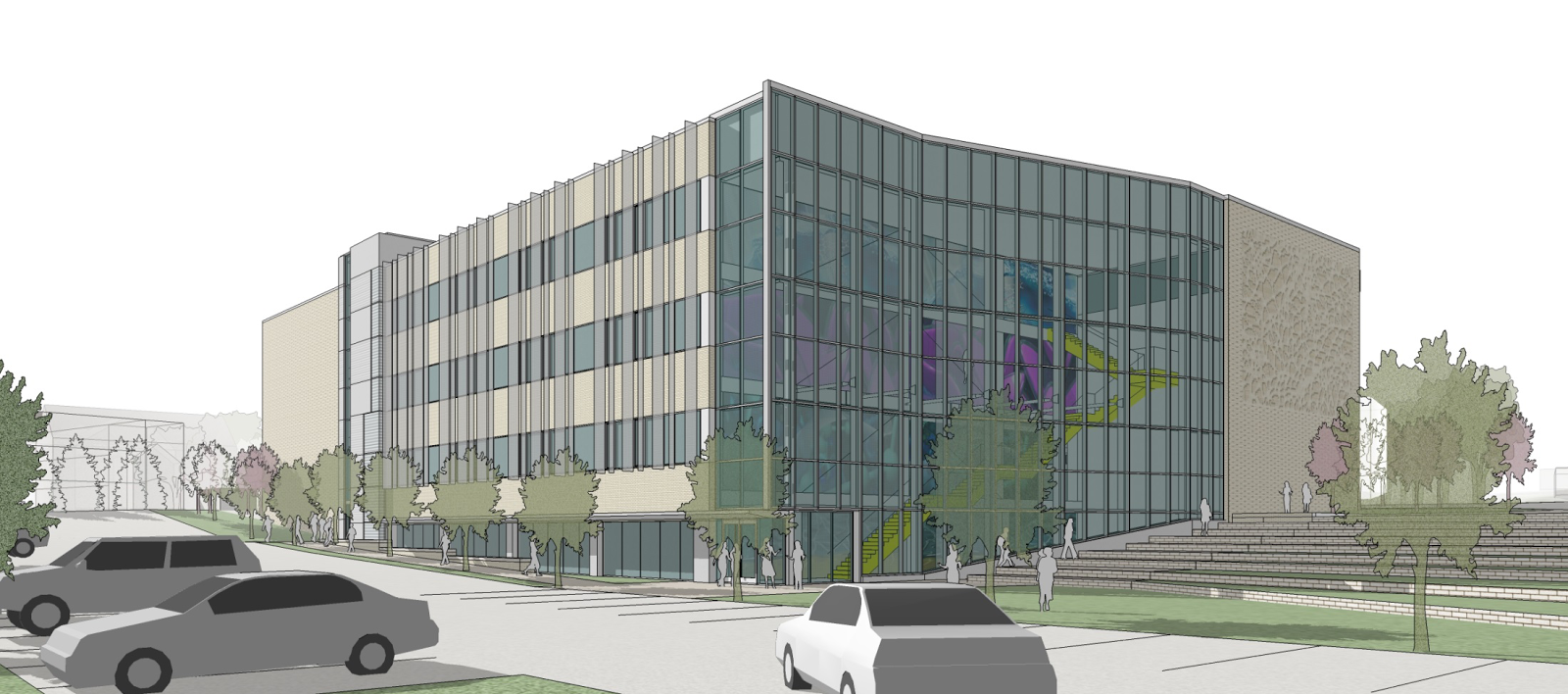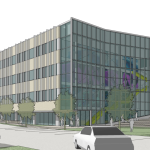The $16 million transformation of a 1929 department store into a research and innovation center for the University of Cincinnati is well underway in Avondale.
“The building is designed for space for work between outside companies and the university. There will likely be offices, labs, and open work areas. The interior has opportunities for collaborative areas, and open areas with flexible work space layout,” said University Architect Mary Beth McGrew.
UrbanCincy reported in January 2014 that UC intended to demolish the building, which is located at 2900 Reading Road and was originally built as a Sears, Roebuck and Co. department store. However, the university later decided to preserve the structure, seeing the potential for this renovation to spur new development in the surrounding area.
“It is to be hoped the renovation of the building owned by the university will entice others to develop in the nearby lots. This building might indeed be a catalyst,” added McGrew.
Technically a renovation project, it hardly meets the definition of being one that focuses on historic preservation. In fact, many UrbanCincy readers who have seen the renovation in progress have been curious about the extent to which the original building would be preserved.
While the core of the original 1929 structure is being saved, the 1945 addition has already been demolished. Additionally, much of the brick exterior of the original 1929 building has also been removed. The prominent brick tower on the structure, while being saved, is also being obscured by the addition of a fourth floor.
McGrew explained to UrbanCincy that brick on the tower will be preserved and replaced, where the brick had been damaged, by recovered brick from elsewhere on the structure. Aside from the tower and some accent areas, the rest of the structure will be clad in modern glass treatment.
“The brick was supported in large part by steel angles that were in very bad shape,” McGrew said. “The new façade material will be a brick of similar color and size.”


